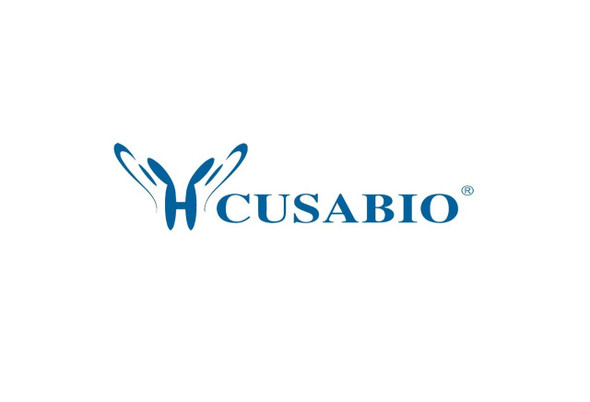Cusabio Other Organism Recombinants
Recombinant Androctonus mauretanicus mauretanicus Alpha-toxin Amm8 | CSB-YP773772AKB
- SKU:
- CSB-YP773772AKB
- Availability:
- 25 - 35 Working Days
Description
Recombinant Androctonus mauretanicus mauretanicus Alpha-toxin Amm8 | CSB-YP773772AKB | Cusabio
Alternative Name(s): Alpha-anatoxin Amm VIII
Gene Names: N/A
Research Areas: Others
Organism: Androctonus mauritanicus mauritanicus (Scorpion)
AA Sequence: LKDGYIVNDINCTYFCGRNAYCNELCIKLKGESGYCQWASPYGNSCYCYKLPDHVRTKGPGRCND
Source: Yeast
Tag Info: N-terminal 6xHis-tagged
Expression Region: 20-84aa
Sequence Info: Full Length of Mature Protein
MW: 9.4
Purity: Greater than 90% as determined by SDS-PAGE.
Relevance: Alpha toxins bind voltage-independently at site-3 of sodium channels and inhibit the inactivation of the activated channels, thereby blocking neuronal transmission . The toxin principally slows the inactivation process of TTX-sensitive sodium channels . It discriminates neuronal versus muscular sodium channel, as it is more potent on rat brain Nav1.2/SCN2A than on rat skeletal muscle Nav1.4/SCN4A . It also shows a weak activity on Nav1.7/SCN9A . In vivo, the toxin produces pain hypersensibility to mechanical and thermal stimuli.. It also exhibits potent analgesic activity , increasing hot plate and tail flick withdrawal latencies in a dose-dependent fashion . This paradoxical analgesic action, is significantly suppressed by opioid receptor antagonists, suggesting a pain-induced analgesia mechanism that involves an endogenous opioid system . This led to hypothesis that pain relief induced by peripheral administration of Amm VIII may result from sensitization of primary afferent neurons and subsequent activation of an opioid-dependent noxious inhibitory control .
Reference: "New analysis of the toxic compounds from the Androctonus mauretanicus mauretanicus scorpion venom." Oukkache N., Rosso J.-P., Alami M., Ghalim N., Saile R., Hassar M., Bougis P.E., Martin-Eauclaire M.-F. Toxicon 51:835-852(2008)
Storage: The shelf life is related to many factors, storage state, buffer ingredients, storage temperature and the stability of the protein itself. Generally, the shelf life of liquid form is 6 months at -20?/-80?. The shelf life of lyophilized form is 12 months at -20?/-80?.
Notes: Repeated freezing and thawing is not recommended. Store working aliquots at 4? for up to one week.
Function:
Involvement in disease:
Subcellular Location:
Protein Families:
Tissue Specificity:
Paythway:
Form: Liquid or Lyophilized powder
Buffer: If the delivery form is liquid, the default storage buffer is Tris/PBS-based buffer, 5%-50% glycerol. If the delivery form is lyophilized powder, the buffer before lyophilization is Tris/PBS-based buffer, 6% Trehalose, pH 8.0.
Reconstitution: We recommend that this vial be briefly centrifuged prior to opening to bring the contents to the bottom. Please reconstitute protein in deionized sterile water to a concentration of 0.1-1.0 mg/mL.We recommend to add 5-50% of glycerol (final concentration) and aliquot for long-term storage at -20?/-80?. Our default final concentration of glycerol is 50%. Customers could use it as reference.
Uniprot ID: Q7YXD3
HGNC Database Link: N/A
UniGene Database Link: N/A
KEGG Database Link: N/A
STRING Database Link: N/A
OMIM Database Link: N/A







